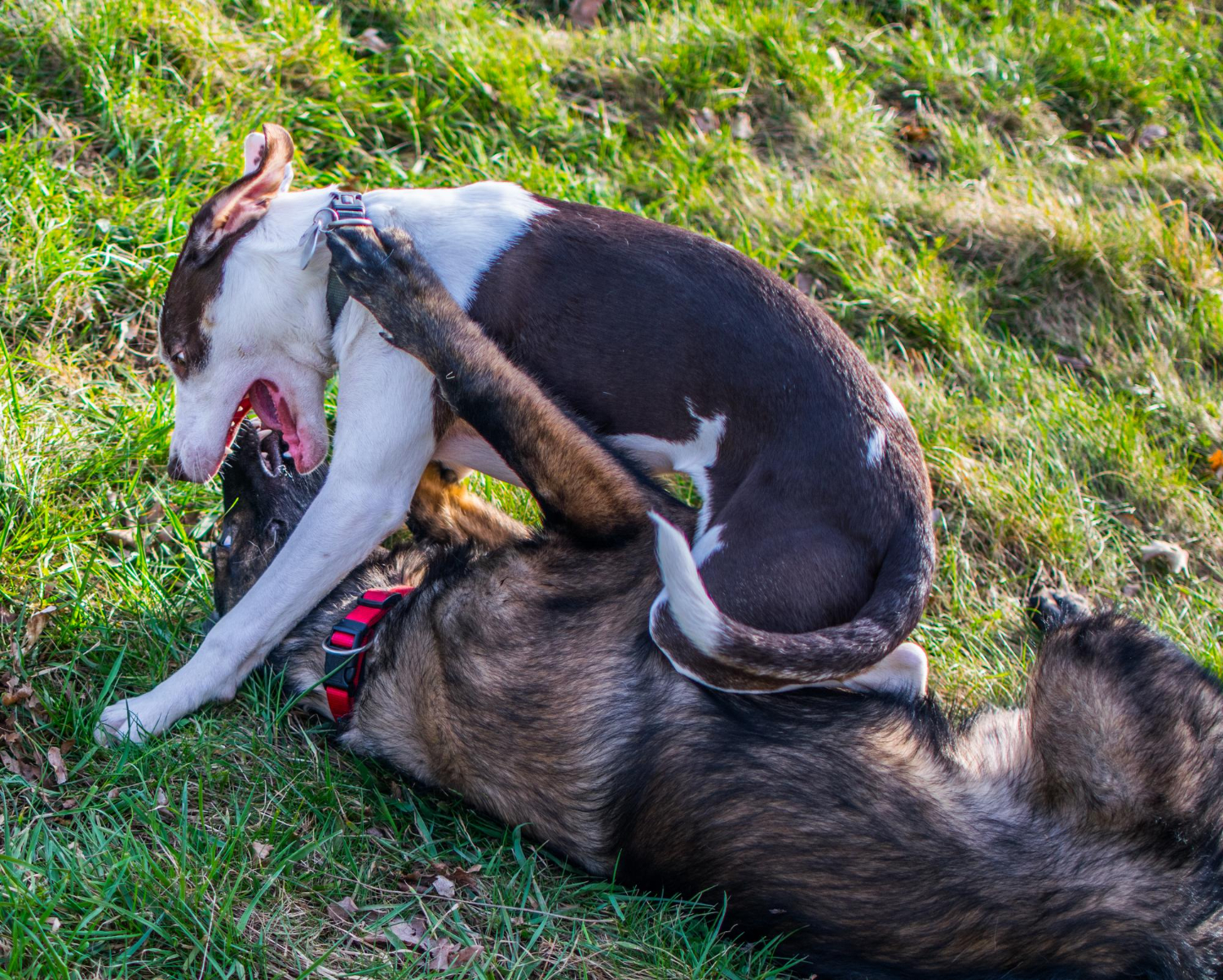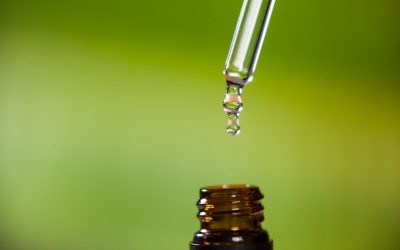How Long Does It Take For a Dog Bite to Heal On A Dog

Dog bites are never pleasant, whether it’s a quick nip or a more serious injury; they can be distressing for both you and your pup. But with the right care, your dog can heal both physically and emotionally. Understanding the recovery process makes a big difference in helping them feel safe, comfortable, and on the road to full health again.
Here’s what to know if your dog has been bitten, plus some helpful tips to support their healing every step of the way.
Why Dog Bites Happen (and What to Do Right Away)
Even the friendliest dogs can end up in a scuffle—maybe a play session got too rough or a moment of fear led to a bite. Regardless of the reason, the most important first step is to assess the severity of the bite. A quick but calm look at the wound can help you decide whether it’s something you can treat at home or if it’s time to call the vet.
Also, be aware of early signs of infection, such as swelling or discharge. Catching issues early can make healing faster and smoother for your furry friend.
What Dog Bite Injuries Look Like
Not all bites are the same. Some might be just surface-level scratches that clear up quickly, while others may involve deeper wounds that require medication or even minor surgery. Where the bite happens also matters. For example, bites on the legs or face can take longer to heal because there’s less tissue to cushion and repair the damage.
What Affects How Quickly Your Dog Heals
Many factors can affect recovery time. Younger, healthier dogs usually recover more quickly than older pups or those with ongoing health conditions, such as diabetes or immune system challenges.
Stress, diet, and your dog’s environment also play a role. Maintaining a clean, calm, and routine-based environment at home can significantly help speed things along. A balanced, nutrient-rich diet supports their body’s healing process, too—think of it as fueling their recovery.
A Typical Healing Timeline
Every dog is different, but here’s a general idea of what healing might look like:
- Days 1–3 (Inflammation): You’ll likely notice swelling and redness—this is your dog’s body kicking into gear to start the healing process.
- Days 3–10 (Tissue Building): The wound begins to repair, forming new tissue and slowly closing up.
- 10 Days to Several Months (Remodeling): Behind the scenes, your dog’s body continues to strengthen and rebuild the skin and tissue.
If something seems off, such as redness or swelling that lingers longer than expected, it’s worth getting a professional opinion.
Signs Your Dog Is Healing Well
One of the best indicators that your dog is on the mend? Their behavior. If they’re starting to act more like their usual self—eating, playing, and showing interest in their surroundings—it’s a good sign things are improving.
Visually, you should see the wound looking less angry and more like it’s closing. You might also notice your dog leaving the area alone—less licking or scratching is usually a sign it’s not bothering them as much.
But stay watchful. Any signs of infection, such as foul odors, pus, or increased tenderness, mean it’s time to call the vet.
When to Visit the Vet
While some minor bites can be treated at home, certain situations require expert care. Here are a few red flags to watch for:
- Deep or bleeding wounds
- Bites near the eyes, joints, or chest
- Signs of infection
- Your dog seems in pain or unusually tired.
- Their vaccinations, especially rabies, are not up to date.
Treatment Basics: What Helps and What to Avoid
If your dog ever gets into a scuffle and ends up with a bite wound, it can be scary, but knowing what to expect can help ease the worry. Your veterinarian will take a close look at the injury, your dog’s overall health, and where the bite happened to decide the best course of treatment. The main goal? Prevent infection and help your pup heal as quickly and comfortably as possible.
Cleaning and Assessing the Wound
The first step your vet will likely take is to carefully clean the wound and remove any dead or severely damaged tissue. If the bite is deep or in a sensitive area, like near the eyes, mouth, or ears, your dog may need a general anesthetic to make sure the wound can be treated thoroughly and safely.
Shaving the fur around the area is also common, as it helps reduce contamination and makes it easier to see exactly what’s going on. If the wound is very painful, your dog may be given a mild sedative or pain relief medication before the vet begins.
As the team of vets from VCA stated: ‘Small puncture wounds will usually be left open so that any infection can drain out. Lacerations will be sutured up, and temporary drains may be placed if the damage is extensive or if there is a chance that fluid will build up in the area. Most lacerations will be debrided, meaning any infected or severely damaged skin tissue will be cut away, and the edges of the laceration will be trimmed. In many cases, skin wounds will be enlarged to allow the underlying tissues to be thoroughly examined and cleaned.’
One important step that veterinarians may recommend is a bacterial culture and sensitivity test. This test helps identify the type of bacteria involved and determines which antibiotics are most effective for treating the infection. However, since these test results can take a few days to come back, your vet might start with a broad-spectrum antibiotic first. If your pet’s wound isn’t healing as expected, your vet may then decide to run further tests to guide more targeted treatment.
If your pet’s wound has been left open to heal or a drain has been placed, keeping the area clean is key to preventing infection and promoting faster healing. Gently wiping away any drainage using a clean, soft washcloth or cotton balls soaked in warm water can make a big difference. In some cases, your veterinarian may recommend a mild, pet-safe cleanser to aid in this process.
Preventing Future Bites
To reduce the likelihood of future bites, prioritize positive interactions and basic training. Teaching your dog simple commands and socializing them in safe environments can reduce anxiety and the risk of conflict.
Supervise play with unfamiliar dogs, and learn the early signs of stress or discomfort—growling, stiff posture, or trying to hide are all clues your dog may need a break.
How Can Pet Insurance Help You if Your Dog Needs Treatment?
Pet insurance can be a valuable tool in managing the costs of treating a dog’s veterinary expenses. By having a pet insurance policy in place, you can have peace of mind knowing that you can provide medical care for your furry companion without worrying about the financial burden. Pet insurance can help cover the costs of veterinary consultations, diagnostic tests, medications, and even specialized treatments if required.
Reimbursement
This method is the most common for pet insurance companies. You pay out of pocket for the veterinarian bill, and then the insurance company reimburses you for what’s covered under the insurance plan. The steps look like this.
- You pay the vet bill after your dog’s visit.
- You fill out the pet insurance claim form.
- Submit the claim form and other required documentation to the insurer.
- After the claim is approved, you will be reimbursed for eligible expenses.
What Does Odie Pet Insurance Cover?
Pet insurance covers various veterinary expenses, providing financial protection and peace of mind for pet owners. Here are the details of the coverage options offered by Odie Pet Insurance:
Illness & Injury Plan
The Illness & Injury Plan is an all-inclusive insurance plan designed to cover a wide range of medical needs for your pet. This plan includes comprehensive coverage for various illnesses, injuries, and veterinary services. Some of the covered items include:
- Veterinary exams and consultations
- Diagnostics (e.g., X-rays, lab tests)
- Prescribed medications
- Surgeries and hospitalization
- Rehabilitation, acupuncture, or chiropractic treatments
- Medically necessary supplies
- Euthanasia and cremation
The Wellness Plan
The Wellness Plan is a monthly membership that focuses on preventive care and covers routine veterinary services.
- Provides reimbursements for routine care items such as wellness visits (exams and vaccines), testing and parasite prevention, dental cleanings and at-home dental care, vitamins, supplements, and more.
- Through Odie’s partnership with Petivity, a leader in smart pet products and proactive care, Wellness Plan members can also receive reimbursements for Petivity devices and health kits, as well as eligible Purina food and supplements.
- Total reimbursement up to $700 per year.



